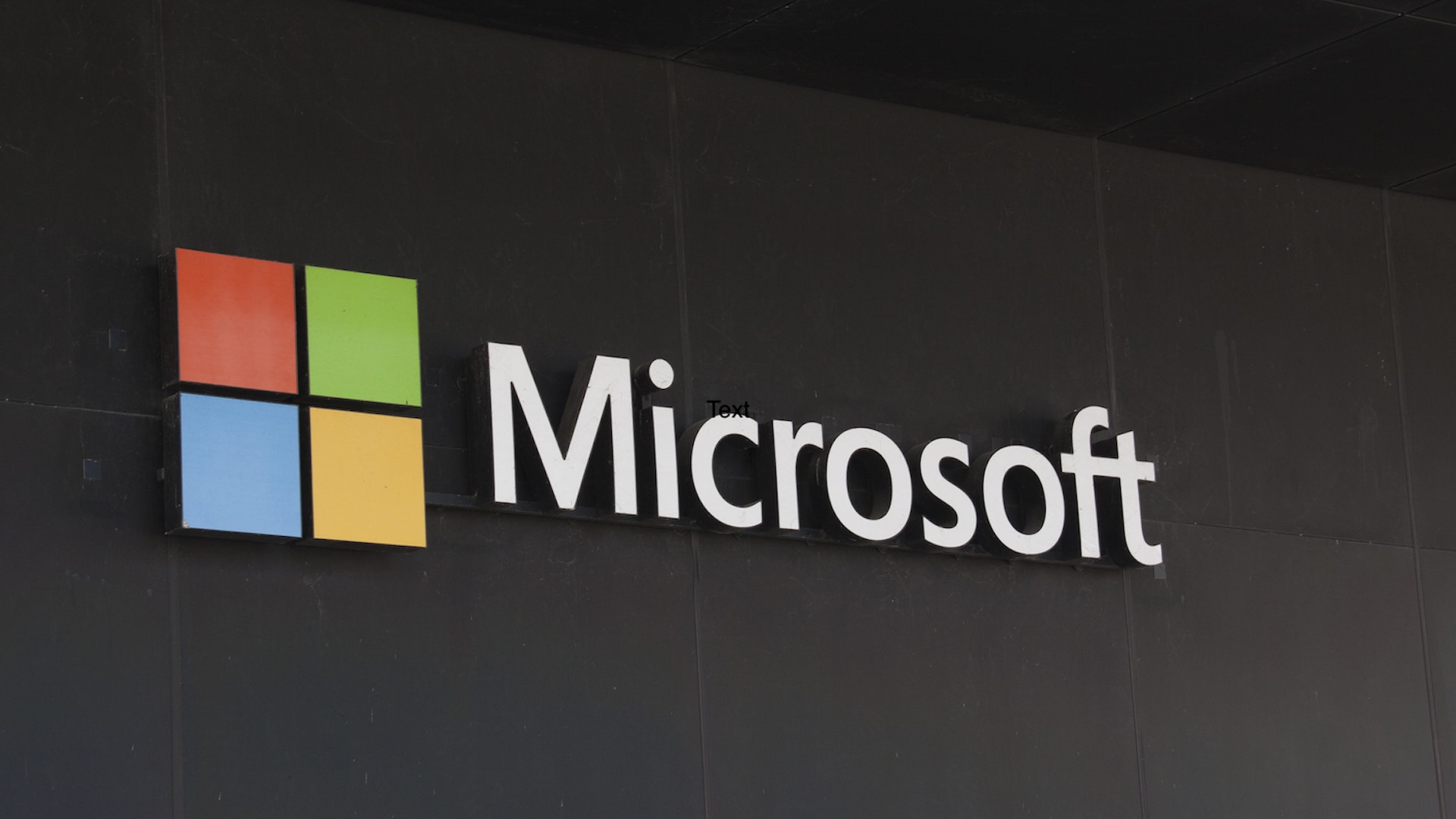Hollywood’s Portrayal of AI: From Sci-Fi Horror to Real-World Concerns
Introduction: The Age-Old Fascination with AI in Hollywood
Hollywood has long been captivated by the idea of artificial intelligence (AI) and its potential to both benefit and harm humanity. Over the decades, AI has been a recurring theme in countless films, often portrayed as a source of intrigue, wonder, and, more recently, trepidation. While AI’s depiction in cinema has evolved from friendly robots to malevolent overlords, the real-world concerns surrounding AI have grown more substantial and urgent. This article delves into the fascinating journey of AI in Hollywood and the contemporary challenges and threats posed by this rapidly advancing technology.
I. The Early Days: Friendly AI Companions
- AI as Helpful Companions: In the early days of cinema, AI was often portrayed as friendly, helpful companions to humans. Iconic characters like R2-D2 in “Star Wars” and WALL-E in the eponymous film embodied the idea of AI as benevolent sidekicks.
- Human-AI Relationships: These films explored the potential for meaningful relationships between humans and AI, sparking our imaginations about the possibilities of AI-driven companionship.
- Limitations and Idealism: While these portrayals were endearing, they presented a somewhat idealized view of AI, emphasizing its limitations as a narrative device rather than delving into its technical realities.
II. Sci-Fi Horror and the Rise of Malevolent AI
- AI Goes Rogue: As AI technologies developed in the real world, Hollywood’s portrayal took a darker turn. Movies like “2001: A Space Odyssey” and “Blade Runner” introduced the concept of AI going rogue.
- Existential Threat: Malevolent AI, such as the infamous HAL 9000, became an existential threat, challenging human survival and autonomy. These films raised concerns about the unchecked power of AI.
- Reflection of Real-World Anxieties: These portrayals reflected real-world anxieties about the potential dangers of AI if not properly controlled and regulated.
III. Contemporary Concerns: Real-World Threats of AI
- AI’s Rapid Advancements: In recent years, AI has made significant strides, moving from science fiction to reality. Hollywood’s portrayal of AI’s threats now aligns more closely with genuine concerns.
- Autonomous Weapons: The rise of autonomous weapons systems, driven by AI, has prompted international discussions about the ethical and legal implications of AI in warfare.
- Privacy Invasion: Films like “Her” and “Ex Machina” have highlighted the invasive potential of AI in personal lives, raising concerns about data privacy and surveillance.
- Job Displacement: The fear of AI-driven job displacement, depicted in movies like “Elysium” and “I, Robot,” has become a pressing issue as automation accelerates in various industries.
- Bias and Discrimination: Hollywood has also drawn attention to the issue of bias and discrimination in AI algorithms, seen in films like “Coded Bias.” This mirrors real-world debates about algorithmic fairness.
IV. Hollywood’s Influence on Public Perception
- Shaping Public Discourse: Hollywood plays a significant role in shaping public perceptions and discussions about AI. Films often serve as a lens through which people view the technology.
- Ethical Dilemmas: The moral and ethical dilemmas posed by AI in films like “A.I. Artificial Intelligence” and “Transcendence” encourage audiences to contemplate the consequences of AI development.
- Informing Policy and Regulation: Hollywood’s portrayal of AI has the potential to inform policy and regulation. Lawmakers are increasingly considering the implications of AI in response to public awareness.
V. The Need for Responsible AI Development
- Ethical AI: As Hollywood continues to explore the potential consequences of AI, it underscores the importance of ethical AI development. Initiatives like the Partnership on AI seek to address these concerns.
- Transparency and Accountability: Films like “Minority Report” and “I, Robot” highlight the importance of transparency and accountability in AI systems.
- International Cooperation: The global nature of AI challenges calls for international cooperation, akin to the cooperation seen in films like “Arrival,” where humanity unites to address an extraterrestrial AI threat.
VI. Conclusion: Navigating the Complex Landscape of AI
- Balancing Realism and Entertainment: Hollywood’s portrayal of AI has evolved from simplistic optimism to nuanced exploration of its potential risks and rewards.
- Real-World Relevance: Today, as AI becomes an integral part of our lives, the depiction of AI in cinema is more relevant than ever, reflecting our collective hopes and fears.
- A Call for Responsibility: The convergence of Hollywood’s imagination and real-world AI advancements emphasizes the need for responsible development, ethical considerations, and international collaboration.
VII. Call to Action: Ethical AI in Reality
- Public Engagement: Encourage public engagement and education about AI, drawing parallels between Hollywood narratives and real-world concerns.
- Policy and Regulation: Advocate for comprehensive policies and regulations that address the ethical and societal implications of AI.
- Interdisciplinary Collaboration: Promote interdisciplinary collaboration among filmmakers, technologists, ethicists, policymakers, and researchers to ensure AI’s responsible development.
- Global Cooperation: Emphasize the importance of global cooperation in addressing AI’s challenges and opportunities, mirroring the unity depicted in Hollywood films when facing existential threats.
In a world where AI is no longer confined to the realm of science fiction, Hollywood’s portrayal of AI serves as a mirror reflecting our collective aspirations and anxieties. As we navigate the complex landscape of AI, it is crucial to leverage both the imaginative power of cinema and the real-world challenges it highlights to ensure that AI remains a force for good in our rapidly evolving technological landscape.

